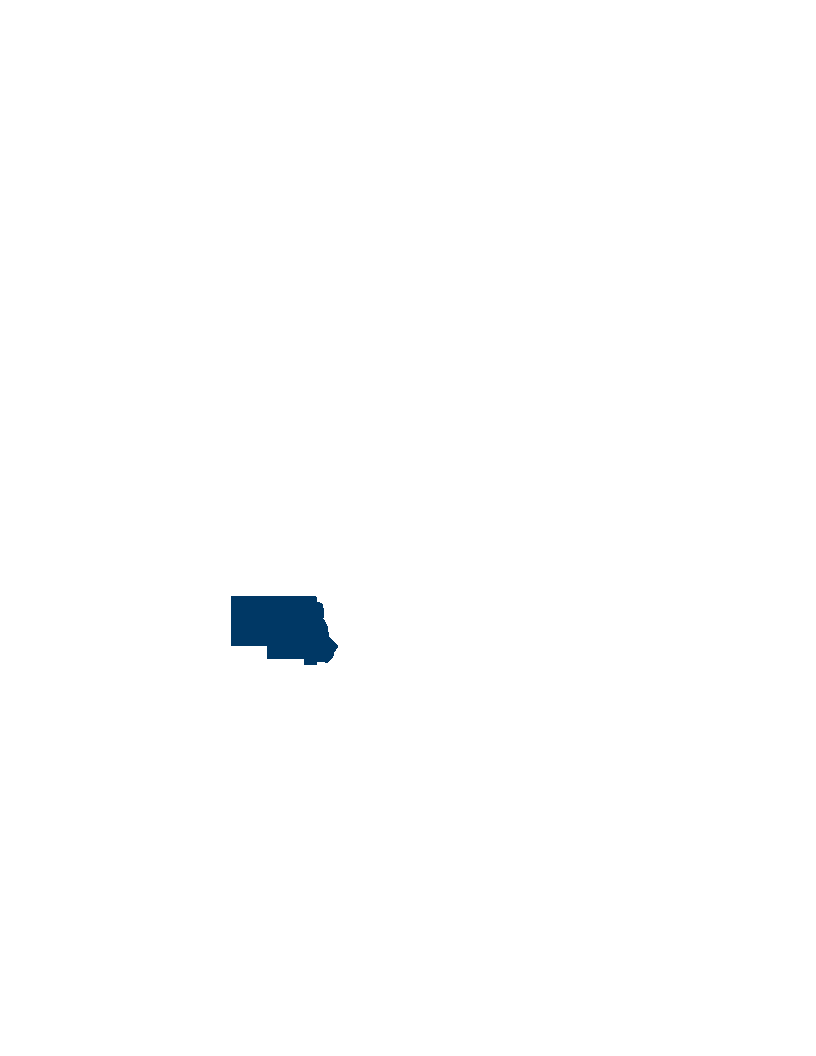Project Grant
ACHF Arts Education
50% increase in arts class participation. 20% increase in male participation. Four theater arts educational opportunities offered. Two literary arts educational opportunities offered. Ethnic diversity in each class. Socioeconomic diversity in each class. 95% overall satisfied rating on participant survey. 80% commitment from participants to audition for a theater production in the next 1 year. 30 non-duplicated class participants in grant period. Participation in 4 age categories (elementary/teen/adult/senior). 50% increase in arts class participation. 20% increase in male participation. Four theater arts educational opportunities offered. Two literary arts educational opportunities offered. Ethnic diversity in each class. Socioeconomic diversity in each class. 95% overall satisfied rating on participant survey. 80% commitment from participants to audition for a theater production in the next 1 year. 30 non-duplicated class participants in grant period. Participation in 4 age categories (elementary/teen/adult/senior). We have a software program that will track data for the grant period. We enter registrations for each class and make categories for tracking our measurable outcomes. For the satisfaction rating and audition participation we will construct a survey. We have a software program that will track data for the grant period. We enter registrations for each class and make categories for tracking our measurable outcomes. For the satisfaction rating and audition participation we will construct a survey.
The specific outcomes achieved were: 17 students, grades 5-10, attended an 8 week performing arts education class, 6 of those students were involved in a high school performing art competition. This class included: performing arts overview, creating ensembles, movement and space, improvisation basics, character development and stage directions/blocking. 8 students attended a 4 week literary arts education class and would like to be involved in a literary arts competition next year. This 4 week class included: focus and concentration, utilizing voice, monologue preparation and presentation, and self-evaluation. Data was collected for each registration to provide this measurement. At the end of each class, an evaluation was given out and 100% were returned. The evaluation included a scale system about the registration process, communication with the hosting organization, instructor preparedness and knowledge of material, facility adequacy and expectation achievement. The evaluation also included open ended questions about future programming needs and ideas.
Other, local or private
